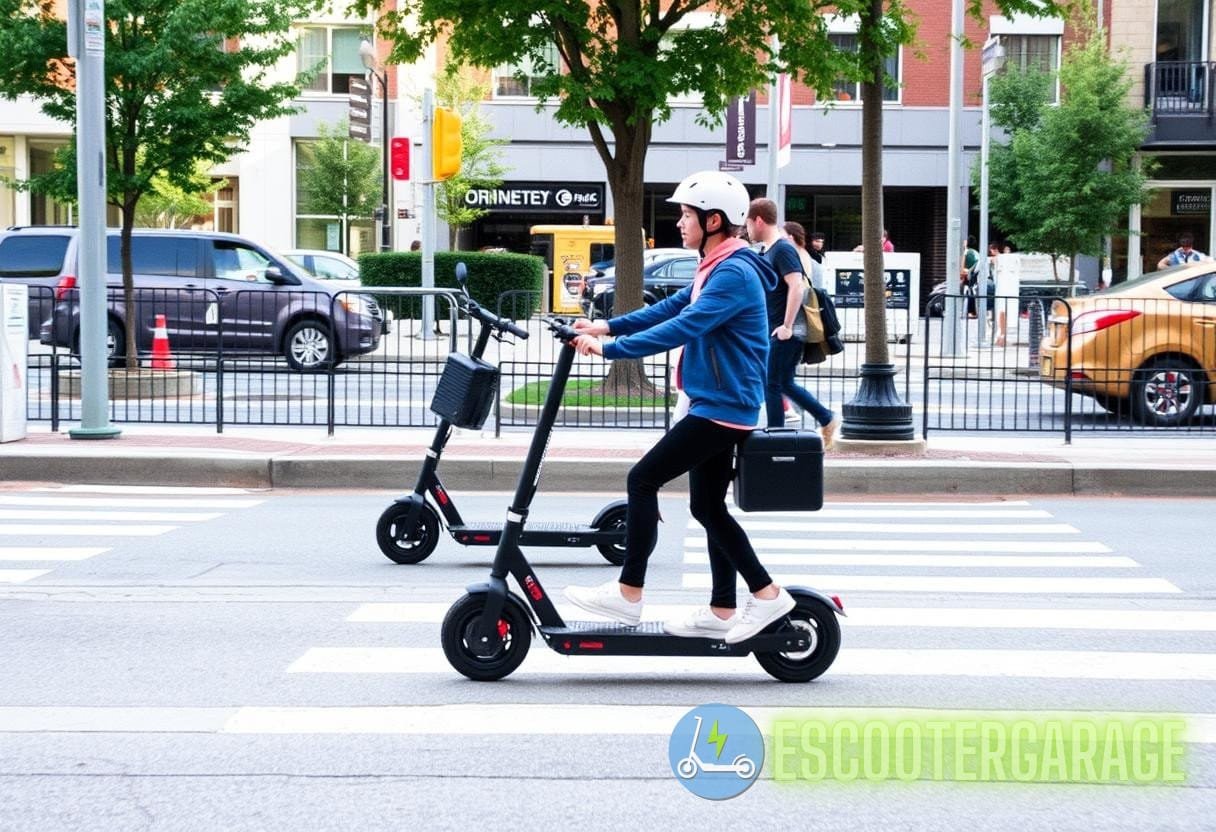Revolutionizing eScooter Efficiency: Innovative Diagnostic Approaches to Unmask Hidden Performance Barriers
As urban areas continue to evolve, eScooters have surged in popularity, emerging as an efficient mode of transportation. However, many users experience performance issues that undermine their overall eScooter experience. Understanding how to utilize escooter diagnostics effectively can lead to significant enhancements in eScooter efficiency.
The Importance of eScooter Diagnostics
Like any other vehicle, eScooters require proper maintenance and diagnostics to optimize their performance. escooter diagnostics refers to the systematic approach of evaluating eScooter systems to identify performance issues and areas for improvement. Importance of eScooter diagnostics can be summarized in the following points:
- Enhanced Safety: Identification of faults can prevent potential accidents.
- Improved Efficiency: Optimization of battery life and motor performance leads to better efficiency.
- Cost Savings: Proactive maintenance can mitigate expensive repairs down the line.
- Environmental Benefits: Efficient eScooters reduce carbon footprints by promoting eco-friendly transportation.
Common Performance Barriers in eScooters
Understanding the common barriers affecting eScooter performance is crucial for effective diagnostics. Common performance barriers include:
- Battery Degradation: Over time, battery efficiency declines, which can lead to reduced range and speed.
- Tire Pressure Issues: Low tire pressure significantly affects the handling and range of an eScooter.
- Electrical Faults: Issues in wiring and connections can cause power losses.
- Motor Wear and Tear: Motors can wear out, causing decreased speed and acceleration.
Innovative Diagnostic Techniques
1. IoT Integration for Real-Time Monitoring
Leveraging the Internet of Things (IoT) offers groundbreaking potential for eScooter diagnostics. Through integrated sensors, eScooters can send real-time data concerning battery health, performance metrics, and riding conditions. The benefits include:
- Data Analysis: Continuous data collection leads to informed decisions for maintenance.
- Predictive Maintenance: Analyzing trends helps predict failures before they occur.
For example, Ride Report, an IoT-based service, provides operators with detailed diagnostics about their fleet’s performance and areas requiring attention, showcasing the tangible benefits of IoT in eScooter diagnostics.
2. Advanced Battery Management Systems
Most performance issues stem from battery inefficiencies. Advanced Battery Management Systems can provide vital data about:
- Cell Balancing: Ensures all battery cells charge evenly for long-term performance.
- Temperature Monitoring: Prevents overheating, which can diminish battery life.
By employing sophisticated algorithms, BMS can analyze the health status in real-time, thus boosting the efficiencies of the eScooter based on real data derived from escooter diagnostics.
3. Diagnostic Applications and Tools
With advancements in technology, several diagnostic applications and tools have emerged, offering detailed insights into eScooter performance. Examples include:
- eScooter Health Checks: Tools such as eScoot are comprehensive platforms for performance checks.
- Mobile Applications: Apps like Vespa connect a user’s smartphone to their scooter for performance tracking and diagnostics.
These tools enable riders to assess their vehicles conveniently and promptly, thus ensuring that potential issues are addressed quickly.
Case Studies: Real-World Implementations of eScooter Diagnostics
Case Study 1: Urban Fleet Optimization
A major scooter-share operator in San Francisco implemented a escooter diagnostics system that integrated IoT sensors in its fleet. The sensors were capable of tracking battery performance and usage patterns. After analyzing the data:
- Battery life improved by approximately 15%,
- Performance issues caused by tire pressure were reduced by 20%,
- Maintenance costs were cut by nearly 30% over six months.
The success of this initiative highlights the critical role of diagnostics in modern eScooter management.
Case Study 2: Community-Driven Maintenance Programs
A city in Germany introduced a community-maintained eScooter initiative where local residents were trained to perform routine escooter diagnostics. By providing training and the right diagnostic tools, the city achieved:
- A 40% reduction in repair requests,
- A 50% increase in eScooter availability during peak hours.
This grassroots approach underscored community engagement as a significant factor in maintaining urban eScootron systems effectively.
The Future of eScooter Diagnostics
The rapid progress in eScooter technology indicates a bright future for eScooter diagnostics. Expected advancements are likely to include:
- Artificial Intelligence: AI could analyze vast datasets, predicting failures more accurately.
- Blockchain for Maintenance Records: Utilizing blockchain technology for transparent and immutable maintenance records.
- Enhanced User Interfaces: Simplifying diagnostics for everyday users through intelligent user interfaces on mobile applications.
Conclusion
In summary, the revolution in eScooter efficiency is rooted in advanced diagnostic methodologies that unveil hidden performance barriers. By prioritizing escooter diagnostics, users can ensure optimal performance, enhance safety, and contribute to sustainable urban mobility. As technology continues to advance, the integration of these innovations will undoubtedly reshape the future transportation landscape. Continued education and engagement in diagnostics will empower eScooter operators and users alike, ultimately leading to a more efficient transportation ecosystem.


